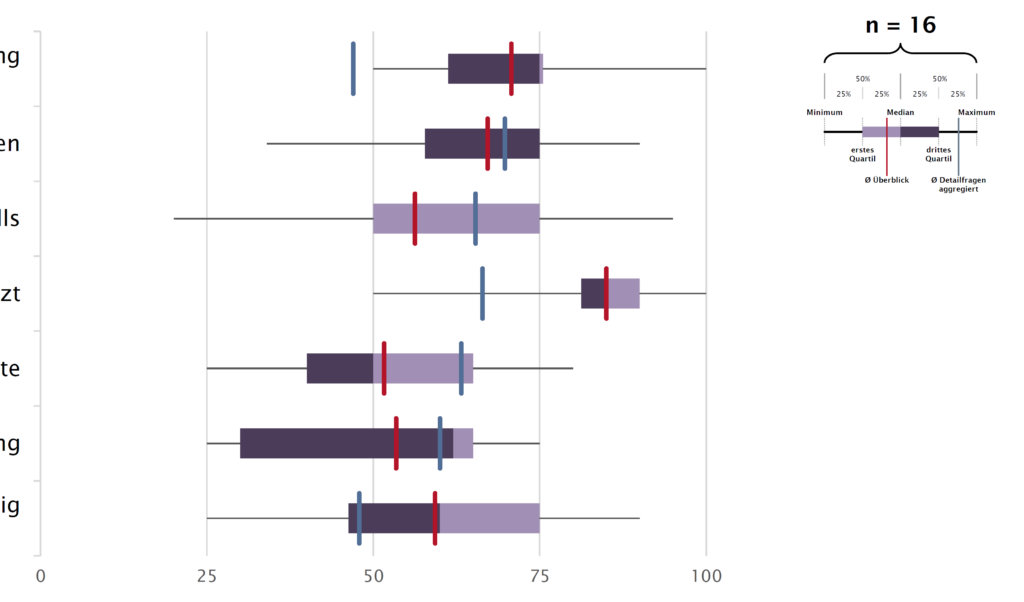Extract key data from your emails, automatically. Integrates directly with any major email provider, tell Mailparser what data to extract and where to send it: mailparser.io/integrations.
Read MoreSlido is a simple Q&A and polling platform for virtual trainings and teaching. Slido helps prioritizing the discussion topics for conference Q&As, panel discussions or all-hands meetings. It supports audience engagement, quizzes, brainstorming etc. and can be integrated with tools like Powerpoint, Google Slides, Teams, Zoom, YouTube, Facebook live etc.: www.sli.do.
Read MoreDisposable email – is a service that allows to receive email at a temporary address that self-destructed after a certain time elapses. It is also known by names like : tempmail, 10minutemail, throwaway email, fake-mail or trash-mail.
Many forums, Wi-Fi owners, websites and blogs ask visitors to register before they can view content, post comments or download something. Temp-Mail – is most advanced throwaway email service that helps you avoid spam and stay safe: temp-mail.org.
Read MoreZapier is an online automation tool that connects your favorite apps, such as Gmail, Slack, Mailchimp, and more. You can connect two or more apps to automate repetitive tasks without coding or relying on developers to build the integration. It’s easy enough that anyone can build their own app workflows with just a few clicks.
For example, maybe you get a lot of email attachments in your Gmail account and you want to save them to Dropbox. Every time you get an attachment, you could open up the email, click the attachment, and then save it to Dropbox. Or you can have Zapier automate this for you, saving you time and effort: zapier.com.
Read MoreThis is a step-by-step manual to configure a Limesurvey poll to show X questions from a (random) selection of Y question groups.
The proof of concept can be accessed here: https://survey.toolsforresearch.com/index.php/345678. The compliation was borrowed from Tony Partner:
https://www.limesurvey.org/forum/can-i-do-this-with-limesurvey/107889-randomly-select-question-groups#145950
The full manual can be found here: https://toolsforresearch.com/limesurvey-randomly-show-x-out-of-y-question-groups and an excerpt of it is copied below.
1) The slider to choose the number of groups (variable x)
Create a ‘Multiple numerical input’ question with Qcode ‘gcount’. The maximum should match the number of random groups within randomization group (‘y’).
Add a subquestion ‘1’. The variable ‘x’ will be stored in ‘gcount_1’.
2) Random groups
Create the random groups: ‘randGroups1’ in randomization group.
3) Equation in each random group
Every random group should start with a hidden question of the equation type.
The value of the equation is the sum of the RelevanceStatuses for all the other groups in the same Randomization group.
4) Questions within a random question group
The trick is that every (visible) question within each random group must have a relevance equation that checks if the equation of the current random group is less than gcount_1 (the ‘x’ variable). The relevance equation is entered in the general options of each question.
Read More
Deleting Ink Markup in Powerpoint
As a teacher, MikeMcKinley1 regularly marks up his PowerPoint presentations and saves the markup to send to his students at the end of the class. Then before the beginning of the next class with a different group of students, he erases/deletes all of his ink markings in a powerpoint file using the “Delete All Comments and Ink in This Presentation” function.
Unfortunately, the “Delete All Comments and Ink in This Presentation” option is gone in Powerpoint 2016 Version 1805. It seems to be replaced by the “Hide Ink” function. But when the “Hide Ink” function is used, the old ink reappears when trying to write on the slide. Going through each slide and laboriously select the ink and delete it is obnoxious.
Therefore, the following Macro has to do the job:
Copied from: answers.microsoft.com…
Read More